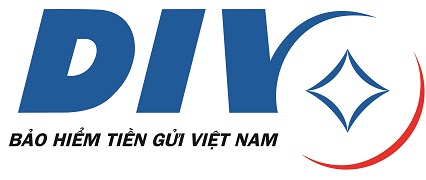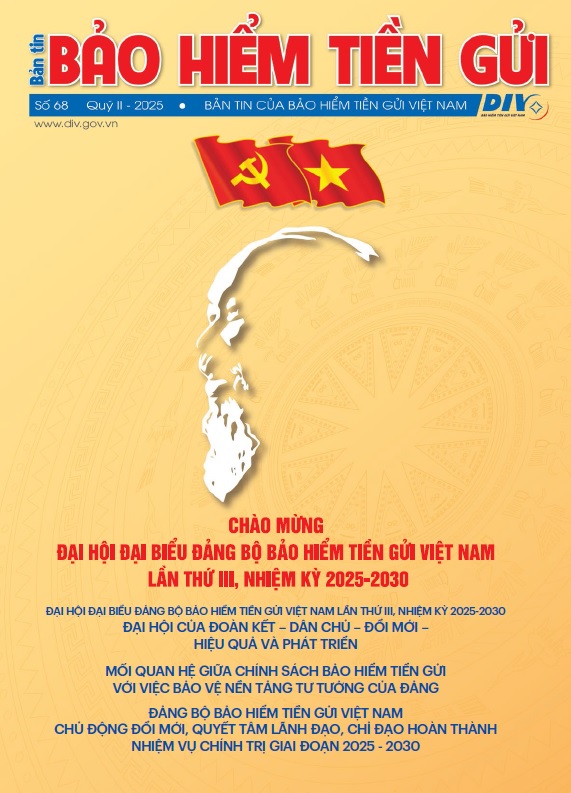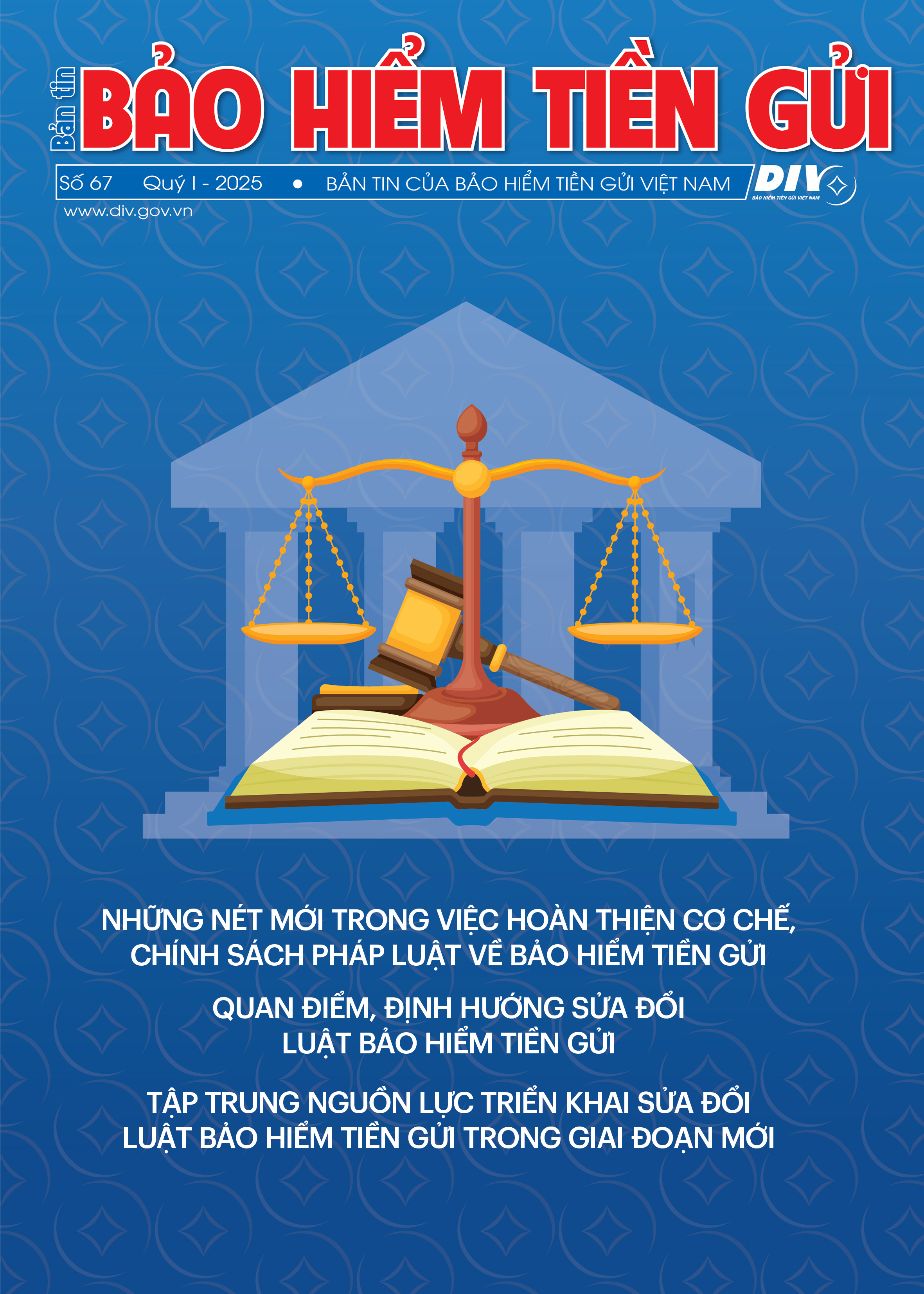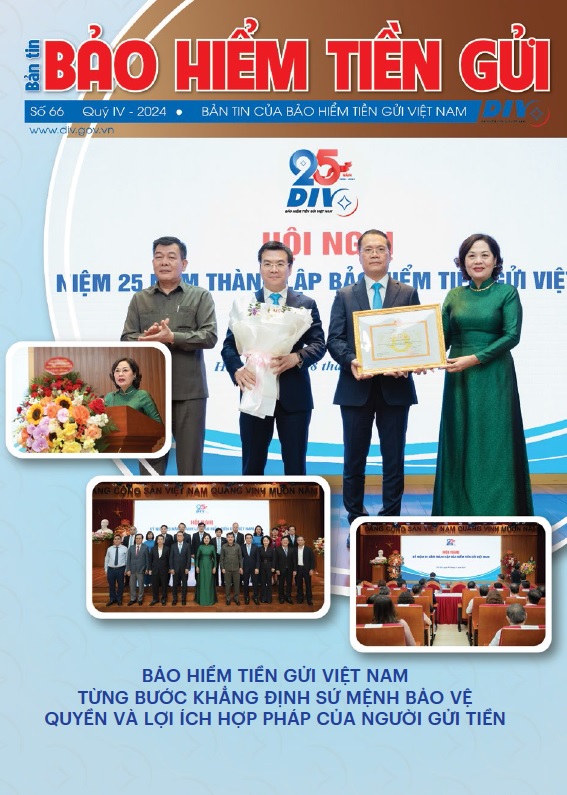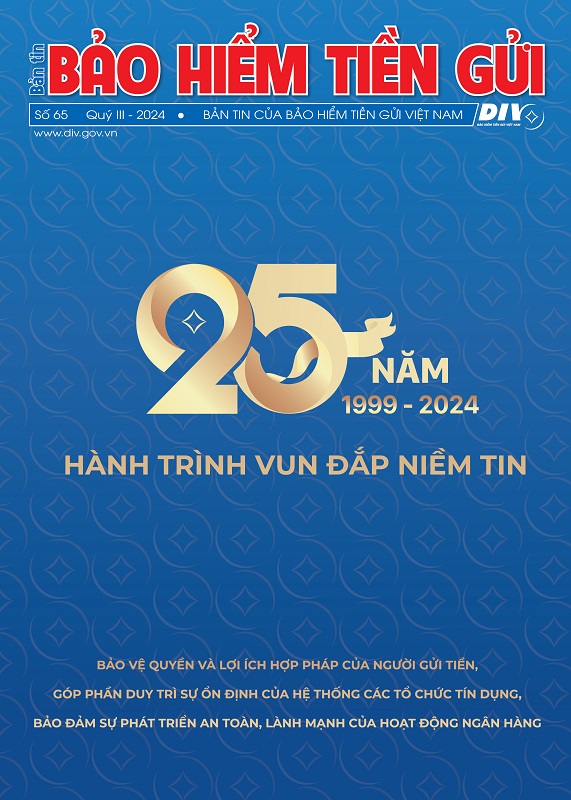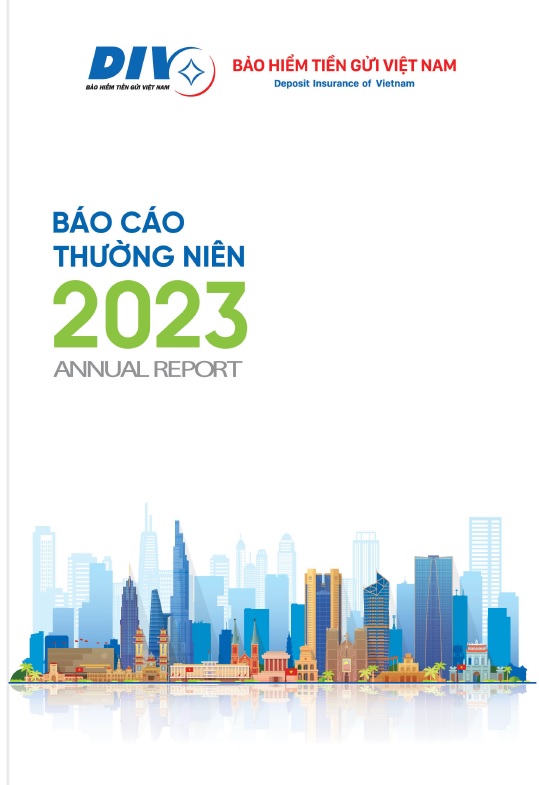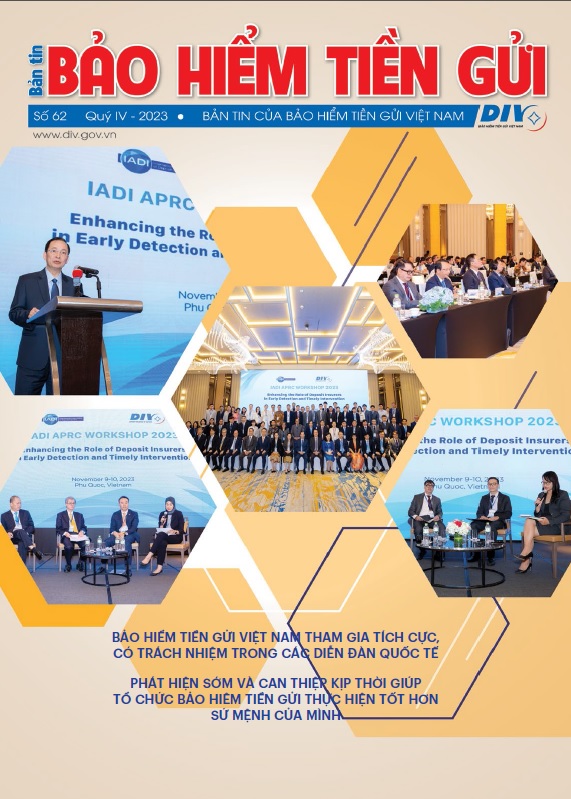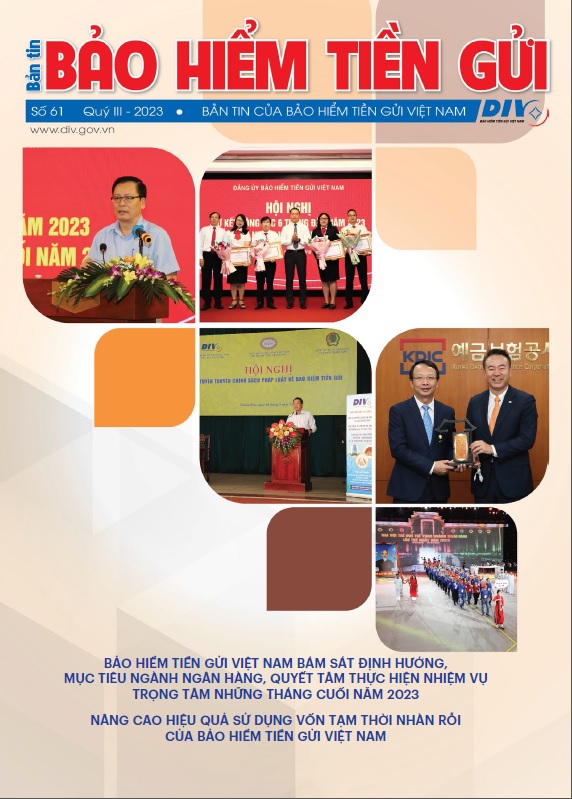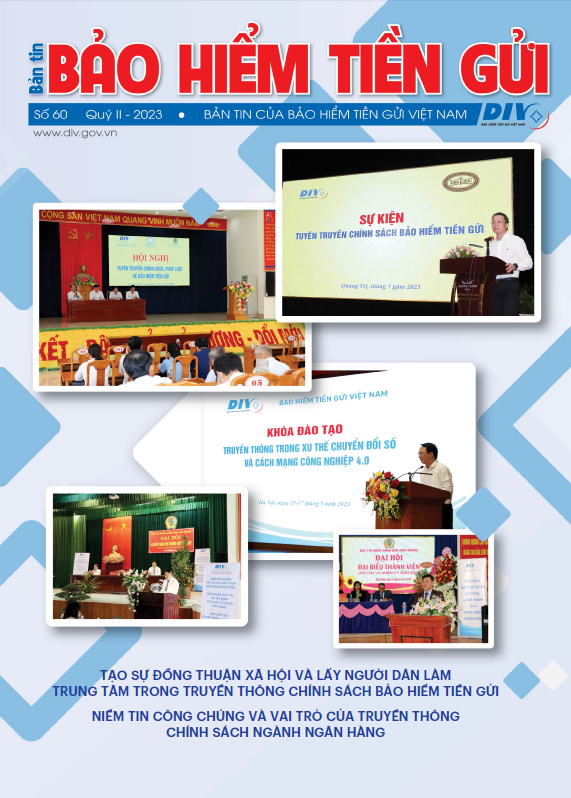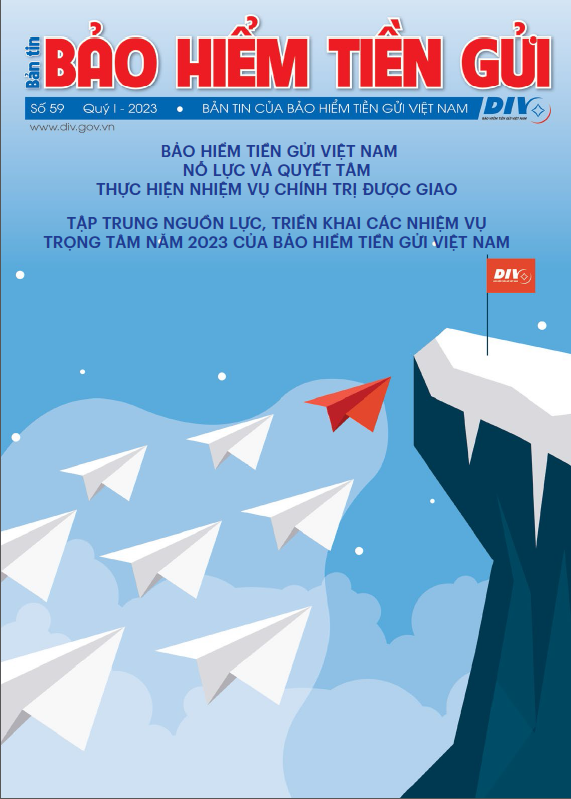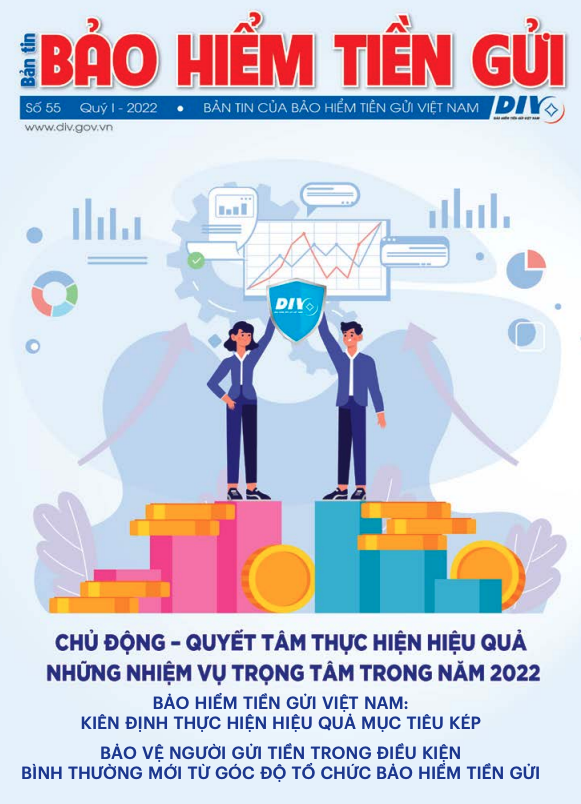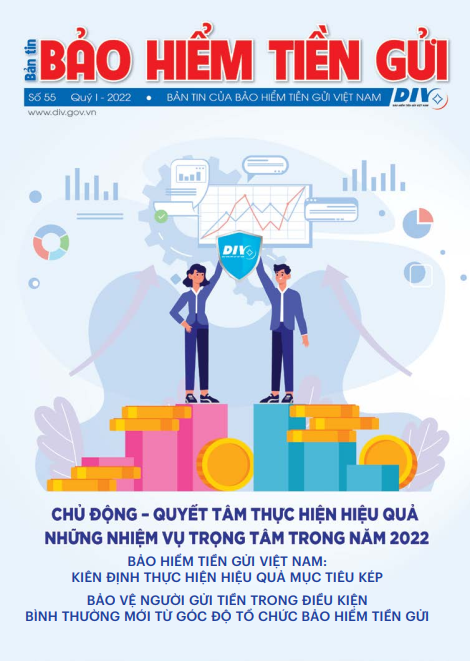DI policy plays an important role in socio-economic development
Mr. Dao Minh Tu – Deputy Governor of the State Bank of Vietnam
Since the foundation in 1999, DIV has fulfilled its task of protecting legal rights and benefits of depositors at credit institutions which are DI members, contributing to the safe and sound development of banking system.
Over 14 years of operation, the important role of DI in improving public awareness of and public confidence in the credit institution system has been proved. Therefore, the National Assembly (NA) approved the Law on DI which serves as an important and firm legal framework for enhancing the role of DI scheme. Especially, in the context that the banking system is undergoing a restructuring process for stabilizing and developing the credit institution system, DI scheme is becoming more significant.
Mr. Nguyen Duc Kien – Vice Chairman of Economic Committee (National Assembly)
Deposit insurance policy, as a component of the national monetary security strategy, is very important to the money market. DIV, together with the State Bank of Vietnam (SBV) and National Financial Supervisory Committee (NFSC) are three components of a network which ensures the security of money market.
Mr. Tran Du Lich – Deputy Head of Ho Chi Minh City’s NA delegation.
The Deposit Insurance of Vietnam (DIV) is a state-owned financial institution which goes along with the development of commercial banks in particular and credit institutions in general. The DI policy ensures safety for majority of people who have savings at credit institutions. This has a huge political and social importance because deposits are people’s assets and the current market is exposed to various risks. In addition, DI scheme contributes to the risk minimizing process of commercial banks system. DI scheme is considered as a “safety valve” for the national financial and banking system.
Mr. La Van Bao – Chairman of Lien Nghia People’s Credit Fund– Lam Dong:
In order to attract idle capital from people, we should ensure their confidence in the banking system. That confidence is not only derived from flexible interest rates but also from a sense of security when they put their long-life savings into banks. DI policy helps realize this.
Ms. Nguyen Thi Thuy Quynh (Dist.8, Ho Chi Minh city) – customer of Asia Commercial Bank:
People living in big cities, countryside or remote areas coming to make transactions with any banks, on seeing Deposit Insurance Certificate, can feel assured. Not everyone cares for interest rates only, especially in the current unstable period of the economy. We really need guarantee from the Party, the Government and relevant agencies – with DIV as the representative – for our savings at banks.
Raising DI coverage limit – enhancing public confidence
Mr Dao Minh Tu – Deputy Governor of State Bank of Vietnam
I think that the current coverage limit of 50 million dongs is now outdated. Therefore, the adjustment will be considered and submitted to the Prime Minister for decision in coming time. DI coverage limit needs professional calculation based on such criteria as macro-economic factors and institutional capacity of the deposit insurer. Further study is also essential for the deposit insurance pay-out in case of bank failure. For setting a proper DI coverage limit, we should learn from international experience to meet people’s desire.
Mr Cao Si Kiem – Member of Committee on Economic Affairs (National Assembly), Chairman of Small and Medium Enterprise Association:
The fact shows that more and more people have their deposits with banks which exceed the coverage limit of 50 million dongs. The current limit should therefore be adjusted to better adapt to the development of the banking system and the whole economy. DIV should recommend SBV to consider and submit a proposal on upward adjustment of the coverage limit to the Prime Minister. This will help strengthen the confidence of people in the banking system.
Mr. Nguyen Duc Kien – Vice Chairman of Economic Committee (National Assembly)
The coverage limit can be raised up to 100 million dongs or 200 million dongs or even higher but the change should be based on specific factors. For example, unstable macro-economic situation induces higher inflation, so the cumulative loss of money value is huge over years. To better protect depositors’ benefits, the coverage limit should be soon increased.
Mr. Tran Du Lich – Deputy Head of HCM city NA delegation
In the recent global financial crisis, many countries over the world responded by raising DI coverage limits or even applying blanket guarantee for enhancing public confidence.
In 2005, Vietnamese Government raised the coverage limit from 30 million dongs up to 50 million dongs which met the demand for protecting majority of depositors in case of bank failures at that time. The move also complied with the international practice, that is, the DI coverage limit should be 5-6 times higher than the GDP per capita. However, given the GDP growth, inflation, rising number of depositors who have deposits of over 50 million dongs… many depositors will likely loose their money if their banks fail. For this reason, the Government should consider increasing the coverage limit by 3 times to reassure depositors.
Mr. Ninh Quoc Chinh – Director at the Bao Tin People’s Credit Fund (PCF) – Ha Giang city
Residents in Ha Giang city are mainly small traders with good incomes. According to the Fund’s statistics, the number of saving accounts with balance of over 50 million dongs now occupies 70%. Consequently, the current DI coverage limit which has been applied since 2005 is no longer appropriate. To stimulate idle capital flow to and enhance people’s confidence in the PCF system, we suggest that the Government consider raising DI coverage limit up to 200-300 million dongs.
Ms. Nguyen Thi Thuy Quynh (Dist.8, HCM city)
In the current market economy, with higher living standard and people’s rising income and demand for depositing money, the DI coverage limit of 50 million dongs is too low. In my opinion, it should be around 200-300 million dongs.
Mr. Nguyen Xuan Truong – Ha Giang city
In the consideration of the economic development and living standard of Ha Giang city, I think the 50 million dong limit is inappropriate now. I propose that the Government should consider a roadmap for gradually adjusting the current coverage limit up to a new level 3-4 times the current one to encourage people us to place idle money in PCFs.
Mr Do Cao Cuoc – Tran Cao town – Hung Yen
DIV finished DI pay-out to depositors at Tran Cao PCF after it had failed. We feel totally assured with the DI protection. But many other depositors in the town, just like me, have a deposit balance up to 100-200 million dongs. I suggest that the Government should raise DI coverage limit to 100-200 million dongs so that we feel safe for putting our money in PCFs.
A need for prompt application of risk-based premium system
Mr. Dao Minh Tu – Deputy Governor of the State Bank of Vietnam
The flat rate at the moment is not really proper. However, it is quite complicated for applying a differential premium system which is based on a risk assessment scheme. If there is not enough information provided to people, they will easily be confused by the differential premium system that the institutions with higher premium rates are bad ones. This may result in eroded confidence in credit institutions. Therefore, we should choose the right time for applying a risk-based premium system.
Mr. Nguyen Duc Kien – Vice Chairman of Economic Committee (National Assembly)
The Law on DI allows risk-based premium assessment for insured institutions. This is totally rational and compliant to market rules. Credit institutions with low ratings, high bad debt ratio, and overwhelming cross ownership should bear higher premium rates. It is important that the premium assessment should help create healthy competition in the market.
Mr Cao Si Kiem – Member of Committee on Economic Affairs (National Assembly), Chairman of SMEs Association:
Applying a risk-based premium system in Vietnam is conformable to international practices. This would help DIV and supervisory agencies have accurate assessment of credit institutions and create sound competitive environment for them. Besides, it would help member institutions improve their effectiveness and minimize risks.
Nevertheless, in order to apply this new system, besides off setting up criteria for assessing and rating member institutions conforming to SBV’s rules and international standards, it is necessary to strengthen the information sharing and cooperation mechanism between DIV and other agencies such as: SBV, NFSC, Ministry of Finance. This is a firm basis for member institutions assessment, so that different premium rates can be applied.
Mr. Nguyen Xuan Thinh – The Director of Ha Giang provincial branch of SBV
In short term, the Government should consider applying a risk-based premium system instead of the current flat rate for all institutions.
The differential premium system would help upgrade the transparency of credit activities and promote healthy competition among institutions, so that the institutions have their own measures to improve themselves and avoid systemic risks.
Mr. Hoang The Cuong – BOD Chairman of Viet Lam PCF
DI premiums should be based on the risk level that each institution is exposed to or on the assessment of the institution’s performance.
DIV reporters
(TTBHTG25)
